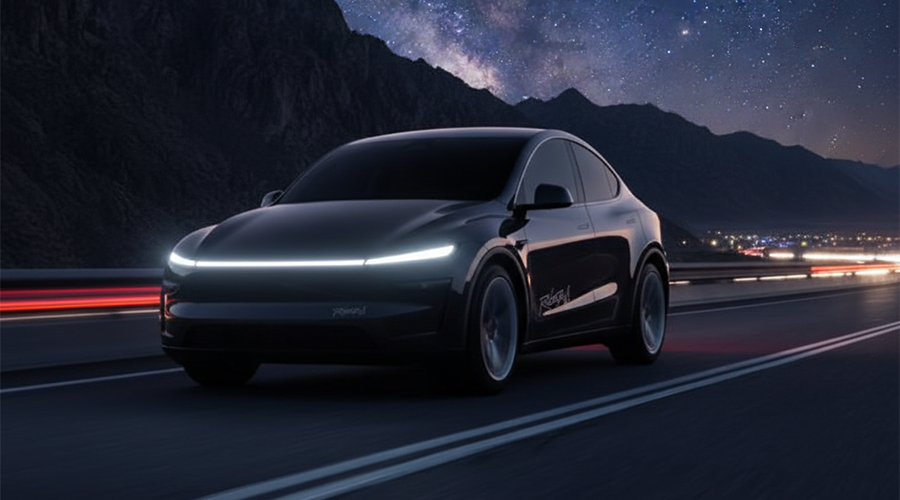Tesla appears to be moving forward with its Robotaxi validation program in new regions across the United States. Recent sightings of specially equipped Tesla vehicles in Arizona suggest that the company is expanding real-world testing of its upcoming autonomous ride-hailing fleet.
Robotaxi Test Vehicles Spotted in Arizona
Over the past week, multiple Tesla vehicles outfitted with LiDAR sensors and other calibration equipment were seen operating in Gilbert and Tempe, Arizona. Observers also reported pairs of validation units traveling from Mesa to Tempe, a route that covers much of the state’s East Valley region.
These vehicles are believed to be part of Tesla’s internal validation fleet used to collect road data and test system reliability ahead of a public launch. Similar units have been seen in California and Texas, both of which are already key markets for Tesla’s early Robotaxi testing.
TESLA ROBOTAXI SPOTTED VALIDATING IN GILBERT, AZ! :0 pic.twitter.com/kqtQEBwl8Y
— Greggertruck (@greggertruck) October 11, 2025
Spotted this one and another one behind it in Tempe, AZ. I also saw a pair driving from Mesa to Tempe. Looks like they’re validating the entire east valley. I haven’t seen any in the west valley yet. pic.twitter.com/gFWTHhmBLT
— TechCat (@elviswjr) October 12, 2025
Background: From Austin to a Nationwide Expansion
Tesla first began limited Robotaxi operations around Austin, Texas, earlier this year, followed by validation work in the San Francisco Bay Area. The company has not yet announced official launch dates for public service, but recent activity suggests a broader rollout strategy is underway.
CEO Elon Musk has previously stated that Tesla aims to make its Robotaxi network accessible to roughly half of the U.S. population by the end of the year. To achieve that goal, Tesla is actively seeking testing permits and operational approvals in several new states.
Job postings for Autopilot vehicle operators have recently appeared in Florida and New York, hinting at possible expansion targets beyond the western states.
Challenges Ahead
Despite rapid progress, Tesla’s Robotaxi ambitions still face several major hurdles:
- Regulatory complexity: Each state has its own autonomous driving regulations, making large-scale approval a gradual process.
- Technical validation: Consistent safety and reliability under unpredictable driving conditions remain top priorities.
- Public trust: Gaining rider confidence in fully driverless transport will take time, especially as competitors face scrutiny over incidents.
- Economic model: Profitability will depend on utilization rates, maintenance costs, and insurance considerations.
If successful, Tesla’s Arizona testing could mark another milestone toward wider Robotaxi deployment across the U.S. The expansion may also offer valuable insights for refining Tesla’s Full Self-Driving (FSD) software and data collection network.
As validation continues in multiple states, industry watchers expect more visibility into Tesla’s regulatory filings and public road tests over the coming months.


Share:
Keep Your Valuables Safe: Why Every Cybertruck Needs a Center Console Lockbox
How to Protect Your Hummer EV from Off-Road Damage